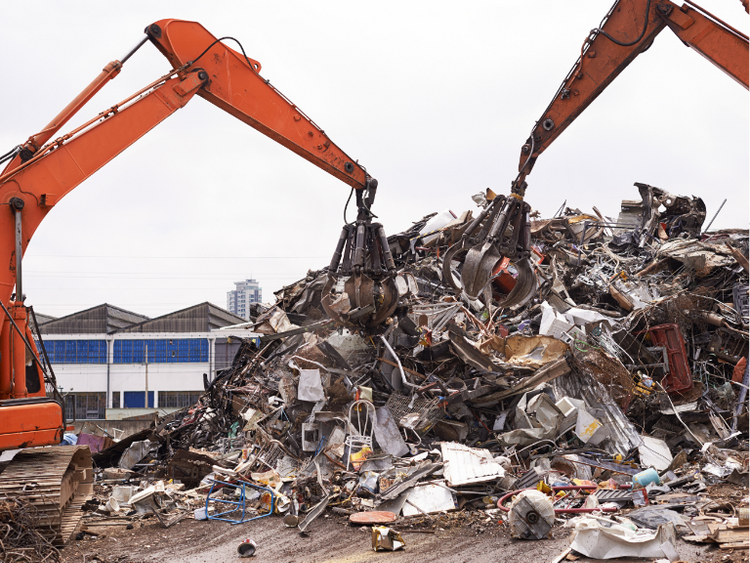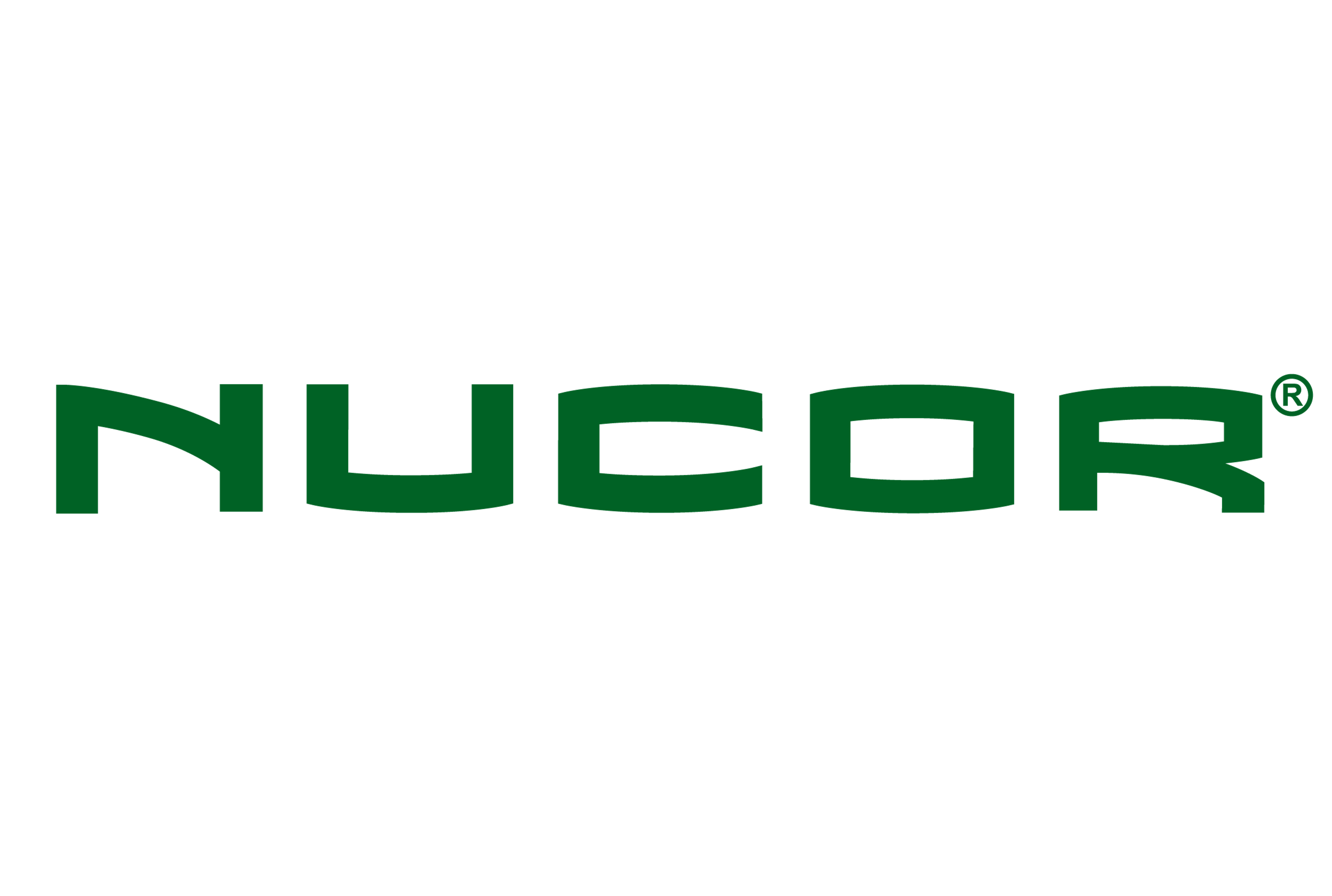Product

March 27, 2025
Miller on Scrap: Ferrous mart losing steam in April on auto woes
Written by Stephen Miller
The US ferrous scrap market rise this year is showing signs of slowing down in April as US steelmakers adjust production in line with slower automotive production and sales. But President Trump’s announcement of 25% auto tariffs could change things in the months to come.
Cox Automotive reported new car inventory levels on dealer lots in January were at 80 days. It is estimated this figure has grown to 89 days in early March. The optimal industry inventory level is 60 days or less.
Citing a slowdown in automotive, Cleveland-Cliffs has announced the idling of steelmaking operations at its Dearborn Works in Michigan, near Detroit.
Cliffs expects to have the C6 blast furnace at its Cleveland Works back in operation by July, but it has less capacity than Dearborn.
Auto tariffs
However, last night’s declaration by President Trump of 25% tariffs on foreign cars in April and imported auto parts in May could shake things up.
We do not really know how right now. It is a tough environment in which to make rational business decisions, whether short-term or strategic.
HRC, scrap tags affected?
Although the change announced by Cleveland-Cliffs will not take place right away, it could cause hot-rolled coil (HRC) prices to fall from their lofty +$900-per-short-ton (st) levels.
It will also affect scrap prices in the Detroit and adjacent districts, as the tonnages that usually call Dearborn home will have to find residencies southward into Ohio and Indiana.
Many sources think this market will decline by $20-30 per gross ton (gt) in April, even without factoring this in.
Unless demand for North American sales improves in the near term and steel production does as well, scrap prices will continue to fall.
Detroit area
SMU spoke with a steel mill procurement manager in the Detroit region. He agrees with the above price assessment, at least for obsolescent grades.
Prime grades, like #1 Busheling, are a bit harder to predict until the tariff situation is clearer, he added.
Finally, he noted that shredders have lowered their prices for feedstock.
Ohio Valley
In the Ohio Valley, several shredders have indeed lowered prices by $20/gt for car bodies and other feedstock.
One of our sources has said if they stick with this downward price level, the shredders will have a tough time buying enough material.
Mills in this area are poised to drop at least $20/gt, and if our source is right, the shredders could “foot the bill.”
It is not yet known how much extra scrap will turn up with “spring cleanup,” which should now be underway.
Chicago/Midwest
Another SMU source in the Chicago/Midwest region said, “There is no excess scrap laying around.”
Dealers’ yards are fairly empty after heavy selling in March, and mills are not long on material.
He sees Chicago probably down $20/gt in April but has the Ohio Valley mills at soft-sideways.
The source does not think there will be tariffs levied on cross-border ferrous scrap.
If tariffs are implemented, prime scrap will firm as the dearth of supply will have a downward domino effect on markets to the south.
South
Speaking of the South, SMU contacted a seller there to check on the situation below the Mason-Dixon Line.
According to this source, he is of the opinion the market will drop by around $30/gt next month.
Dealers in this region have lowered scale prices for all grades of obsolescent unprepared scrap, initially by $10/gt, and are getting brisk deliveries. So, another $10 drop is on the way.
The general feeling is the mills are going to drop prices by $20-30/gt, no matter what happens.
If they don’t receive sufficient shipments, they can always adjust later. But, at these improved numbers, scrap seems to be moving well in the southern tier.
Export situation
It should be noted, as SMU reported in Tuesday’s issue, export scrap into Turkey has paused due to currency fluctuations and political events in that country.
This may induce export terminals along the East Coast to direct their material domestically, as they have been doing to a certain extent for the last two months.
It is hard to quantify how much this could affect market prices.
On the West Coast, it is also hard to say if materials generated there can logistically make the trip into the Midwest and Southern districts.
However, any amounts from either coast are bearish for April.







